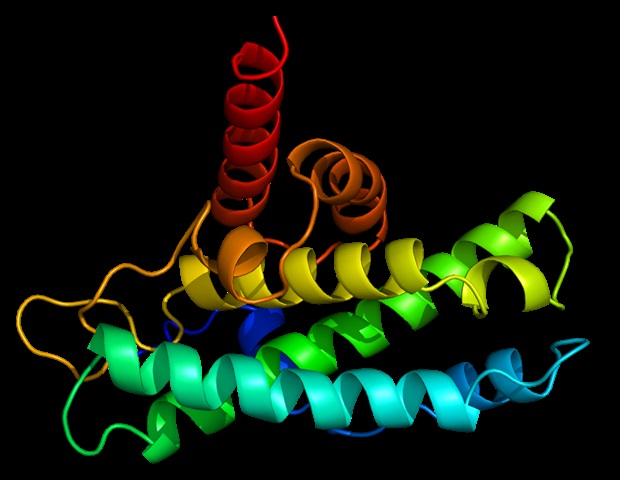Researchers at Helmholtz Munich, in collaboration with colleagues at Tohoku University, have identified a specific redox protein as a critical regulator of ferroptosis – a form of regulated oxidative cell death.
Ferroptosis has garnered strong interest due to its therapeutic potential in addressing therapy-resistant and metastasizing cancers, and its involvement in neurodegenerative diseases. While sensitizing cancer cells to ferroptosis offers a promising anticancer approach, preventing neuronal ferroptosis may help slow the progression of neurodegenerative diseases such as Alzheimer’s and multiple sclerosis (MS). Consequently, research is focusing on novel cellular mechanisms that ultimately determine ferroptosis sensitivity.
The team found that peroxiredoxin 6 (PRDX6) serves as a critical regulator of ferroptosis and acts as a selenium carrier protein, playing an essential role in cellular defense against oxidative stress. Their findings suggest that PRDX6 could become an important target for treating cancer and neurodegenerative diseases.
The study was published in Molecular Cell on November 14, 2024.
The team was led by Dr. Eikan Mishima, Senior Scientist at the Institute of Metabolism and Cell Death at Helmholtz Munich and Tohoku University Graduate School of Medicine, and Professor Marcus Conrad from the Institute of Metabolism and Cell Death at Helmholtz Munich.
PRDX6: A selenium carrier protein and ferroptosis regulator
Selenium, named after the Greek goddess of the Moon, Selene, is an essential micronutrient crucial to human health and integral to various selenoproteins. Among these, the selenoenzyme glutathione peroxidase 4 (GPX4) stands out, playing a key role in preventing ferroptosis by protecting cells against damaging (phospho)lipid peroxidation. The team focused on PRDX6 due to its known peroxidase activity, similar to that of GPX4. Although PRDX6 has a comparatively weaker peroxidase function, cells lacking PRDX6 showed significantly increased sensitivity to ferroptosis, particularly in cancer cells. Inspired by this unexpected finding, the researchers discovered PRDX6’s crucial function in cellular selenium metabolism. Beyond acting as a peroxidase, PRDX6 serves as a selenium carrier protein, essential for efficient intracellular selenium trafficking. This selenium-transport role facilitates the incorporation of selenium into selenoproteins, thus regulating GPX4 levels and influencing ferroptosis sensitivity.
PRDX6 is a selenium carrier protein whose molecular identity had long been hypothesized but not identified.”
Dr. Eikan Mishima, Senior Scientist at the Institute of Metabolism and Cell Death at Helmholtz Munich and Tohoku University Graduate School of Medicine
PRDX6 deficiency reduces tumor growth and lowers selenoproteins in the brain
The researchers further investigated the importance of PRDX6 in mice, showing that PRDX6 deficiency suppressed tumor growth. Additionally, mice lacking PRDX6 showed reduced selenoprotein levels in the brain, underscoring the importance of PRDX6 in selenium transport and neuroprotection. These findings highlight the significance of PRDX6 in cancer biology and brain health.
Potential for anti-cancer and neurodegenerative disease therapies
This discovery opens exciting possibilities for new therapeutic approaches. Since therapy-resistant and metastatic cancers are particularly susceptible to ferroptosis, inhibiting PRDX6 in cancer could increase ferroptosis sensitivity, offering a new route for cancer treatment. “Additionally, with the new role of PRDX6 in maintaining selenoprotein levels in the brain, it holds promise for neurodegenerative disease therapies,” Conrad explains. These novel insights into PRDX6’s function will be featured alongside a companion study by the Friedmann Angeli laboratory at Würzburg University, published in the same issue of Molecular Cell, underscoring the significant scientific interest and potential impact of these findings on future cancer and neurodegenerative disease research.
Source:
Journal reference:
Ito, J., et al. (2024). PRDX6 dictates ferroptosis sensitivity by directing cellular selenium utilization. Molecular Cell. doi.org/10.1016/j.molcel.2024.10.028.
Source link : News-Medica

